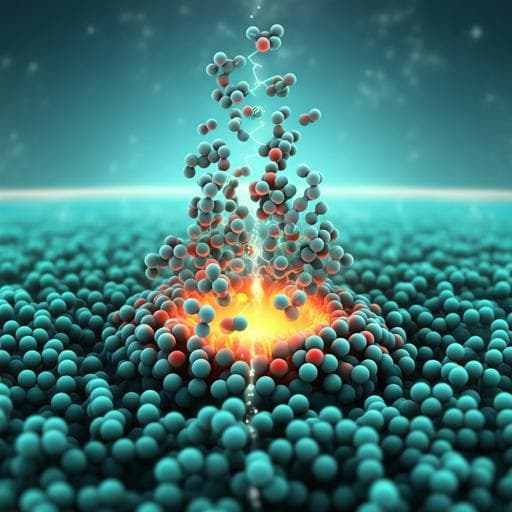
Chemistry
Highly efficient recycling of polyester wastes to diols using Ru and Mo dual-atom catalyst
M. Tang, J. Shen, et al.
Discover how a groundbreaking study by Minhao Tang, Ji Shen, Yiding Wang, Yanfei Zhao, Tao Gan, Xusheng Zheng, Dingsheng Wang, Buxing Han, and Zhimin Liu showcases the power of anatase TiO2 supported Ru and Mo dual-atom catalysts in the chemical recycling of polyester wastes. Achieving 100% selectivity in transforming polyesters into valuable diols under mild conditions, this research significantly contributes to sustainable practices by reconstructing waste into valuable resources.
~3 min • Beginner • English
Related Publications
Explore these studies to deepen your understanding of the subject.







